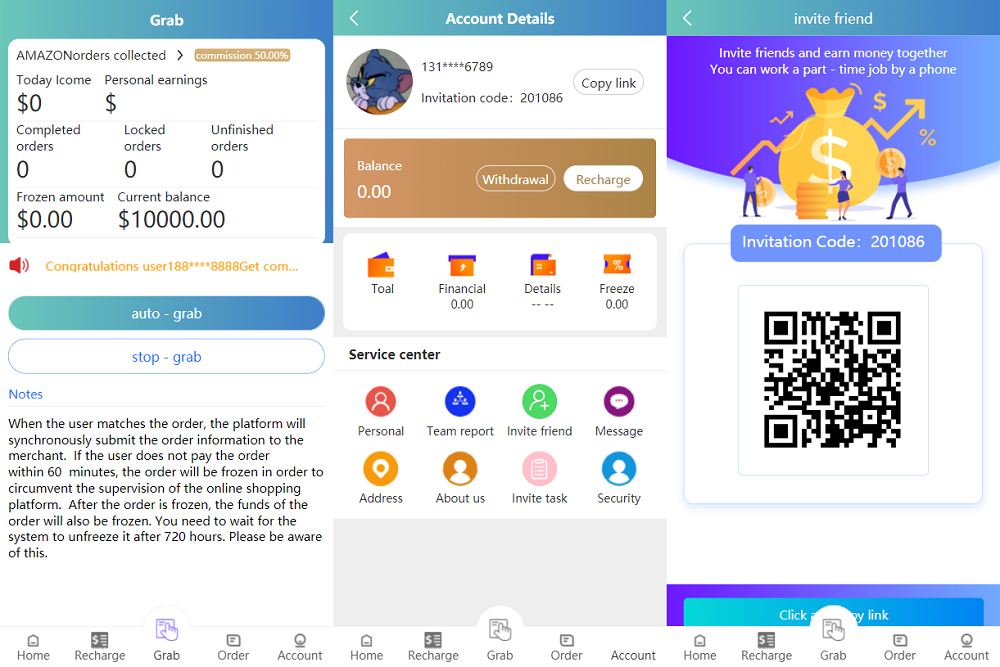教育企业【教育数据】需求
In the modern education sector, the demand for 【教育数据】 has skyrocketed. As educational institutions and companies aim to enhance learning outcomes, improve operational efficiency, and foster innovation, data has become a cornerstone for achieving these goals. This article explores the reasons behind the increasing demand for 【教育数据】, its applications, challenges, and the future landscape of data utilization in the education industry.
---
The Rising Importance of 【教育数据】 in Education
Education companies are leveraging 【教育数据】 to tailor learning experiences, identify student needs, and optimize resources. But what exactly drives this growing emphasis on data?
1. Personalized Learning
One of the most significant uses of 【教育数据】 is in creating personalized learning experiences. By analyzing individual student performance, preferences, and learning styles, educational platforms can adapt content to meet diverse needs. This approach not only boosts engagement but also enhances academic achievement.
2. Operational Efficiency
Schools and educational companies face the challenge of balancing limited resources with growing demands. Through the use of 【教育数据】, administrators can identify inefficiencies, allocate resources effectively, and improve decision-making processes.
3. Student Retention and Success
High dropout rates are a major concern for educational institutions. By analyzing 【教育数据】, companies can predict at-risk students and implement timely interventions, ensuring higher retention rates and better success outcomes.
---
Key Applications of 【教育数据】
The applications of 【教育数据】 span a wide range of educational activities. Here are some of the most prominent areas where data is making a difference:
1. Curriculum Development
Data analytics allows for the evaluation of curriculum effectiveness. By examining how students perform across different modules, educators can identify gaps and adapt materials to improve learning outcomes.
2. Assessment and Feedback
Traditional assessment methods are often static and one-dimensional. With the integration of 【教育数据】, assessments can now provide real-time insights into student performance, highlighting strengths and areas for improvement.
3. Learning Management Systems (LMS)
Modern LMS platforms are built around 【教育数据】. These systems track student activity, monitor engagement, and generate insights that help educators enhance course delivery.
4. EdTech Innovations
Emerging technologies such as Artificial Intelligence (AI) and Machine Learning (ML) rely heavily on 【教育数据】 to develop adaptive learning platforms, intelligent tutoring systems, and immersive educational experiences.
---
Challenges in Leveraging 【教育数据】
While the potential of 【教育数据】 is undeniable, there are several challenges that education companies must navigate:
1. Data Privacy and Security
Handling sensitive student data comes with significant ethical and legal responsibilities. Ensuring compliance with regulations such as GDPR and FERPA is critical for maintaining trust.
2. Data Quality and Integration
Poor-quality data can lead to flawed insights. Education companies must invest in robust systems for data collection, cleaning, and integration to ensure accuracy and reliability.
3. Technological Barriers
Not all institutions have access to advanced data tools or the expertise to utilize them effectively. Bridging this technological gap is essential for broader adoption of 【教育数据】.
4. Cultural Resistance
In some cases, educators and administrators may resist data-driven approaches due to a lack of understanding or fear of change. Training and awareness programs can help overcome this resistance.
---
Best Practices for Utilizing 【教育数据】
To maximize the potential of 【教育数据】, education companies should follow these best practices:
1. Adopt a Clear Strategy
Define objectives and identify the specific data points required to achieve them. A clear strategy ensures that data collection and analysis are focused and meaningful.
2. Invest in Technology
Utilize advanced analytics tools, cloud-based solutions, and AI-powered platforms to process and interpret 【教育数据】 efficiently.
3. Prioritize Data Privacy
Implement stringent security measures and transparent policies to protect sensitive information. Build trust by ensuring that data is handled responsibly.
4. Provide Training
Equip educators and staff with the skills needed to interpret and act on data insights. Empowering them with knowledge fosters a data-centric culture.
5. Continuously Monitor and Improve
Regularly evaluate the effectiveness of data-driven initiatives. Use feedback and evolving technologies to refine processes and achieve better results.
---
Future Trends in 【教育数据】
As technology continues to evolve, the role of 【教育数据】 in education will expand even further. Key trends to watch include:
1. AI-Driven Insights
Artificial Intelligence will play an increasingly central role in analyzing 【教育数据】. Predictive analytics and automated decision-making will enhance both teaching and administrative processes.
2. Integration with Emerging Technologies
Virtual Reality (VR), Augmented Reality (AR), and Internet of Things (IoT) devices will generate new types of data, offering richer insights into student behavior and engagement.
3. Global Standardization
Efforts to create standardized frameworks for 【教育数据】 will facilitate collaboration and data sharing across institutions and borders.
4. Ethical AI in Education
The ethical implications of AI-driven education systems will gain more attention. Ensuring fairness, transparency, and inclusivity in the use of 【教育数据】 will be a key focus.
---
Conclusion
The demand for 【教育数据】 in education is not just a trend but a transformative shift. By harnessing the power of data, education companies can create more effective, equitable, and innovative learning environments. However, this journey requires careful planning, ethical considerations, and a commitment to continuous improvement. As the education landscape evolves, the strategic use of 【教育数据】 will be a defining factor in shaping the future of learning.

